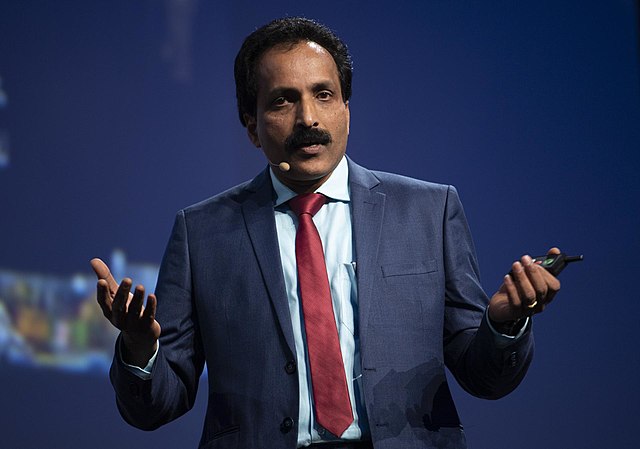Bengaluru, NFAPost: Indian Space Research Organisation (ISRO) Chairman S. Somanath announced that the space agency will soon reveal details about its testing facility for the hypersonic air-breathing vehicle called ‘Hava.’ While ISRO’s primary focus is on space exploration rather than air-breathing technology, it is developing the ‘Hava’ rocket for hypersonic speeds and is working on a new fuel for air-breathing. The acronym ‘HAVA’ stands for Hypersonic Air Breathing Vehicle with Air Integration System.
Somanath clarified that air-breathing technology is not an immediate requirement for rockets as it is not applicable to space travel, which lacks an atmosphere. However, ISRO is developing air-breathing technology to enhance its capabilities in terms of combustion and other high-end technologies. The organization is currently testing the engine at its Mahendragiri facility, where a hypersonic test facility has been established.
In addition, Somanath mentioned that ISRO is working on a new generation launch vehicle (NGLV) and a large team from various centres is involved in the project. The team has presented a preliminary report outlining the rocket’s design, technology inputs, manufacturing processes, and approaches. The objective is to create a partially reusable rocket with new-generation propulsion and engines.
Addressing the issue of cryogenic engines, Somanath stated that ISRO is no longer dependent on Russia for cryogenic engines or any inputs. Over the past 15 years, ISRO has replaced all the components previously purchased from Russia with their Indian equivalents. After collaborating with Russia, ISRO developed the indigenously developed C-25 engine, which has been successfully qualified and launched multiple times.
Somanath further explained that ISRO is developing a semi-cryogenic engine to replace the Geosynchronous Satellite Launch Vehicle Mark III (GSLV Mk III), also known as the Launch Vehicle Mark-III or LVM-3. This 200-tonne engine has been under development for the past 15 years and has recently reached the first powerhead. ISRO has commissioned a new test facility for this engine, and the first firing is scheduled to take place in a few days, followed by a series of tests under different conditions.
Originally, ISRO planned to conduct these tests in Russia and Ukraine due to their testing facilities. However, the geopolitical situation and ongoing conflicts have made those locations inaccessible. Consequently, ISRO has accelerated the construction of a testing facility in India, and Somanath expressed his appreciation for the industry’s support in building the facility, which has recently been commissioned.





